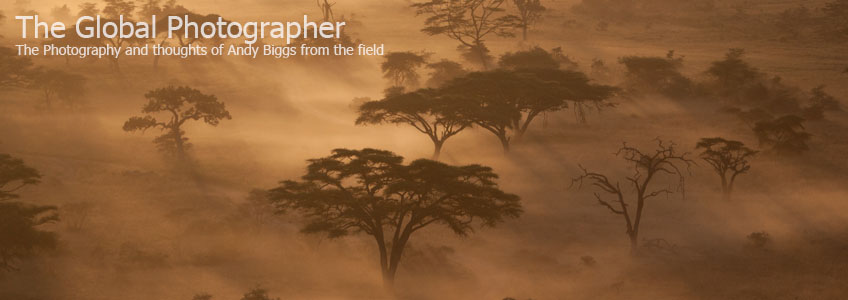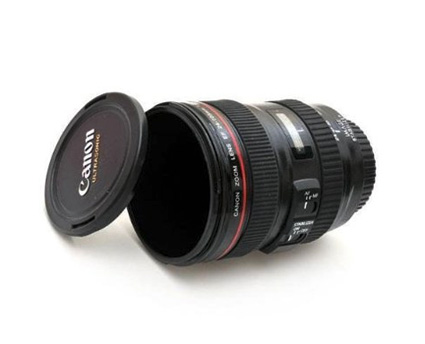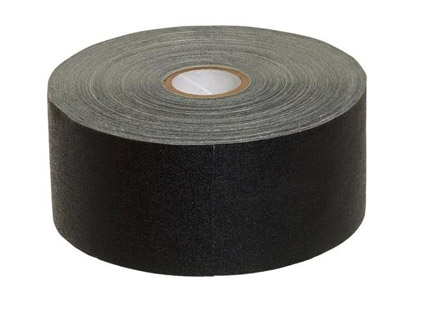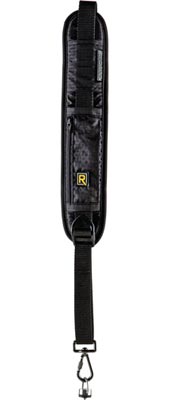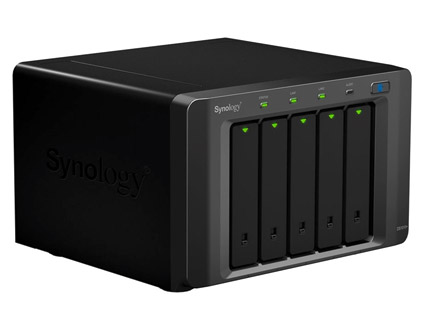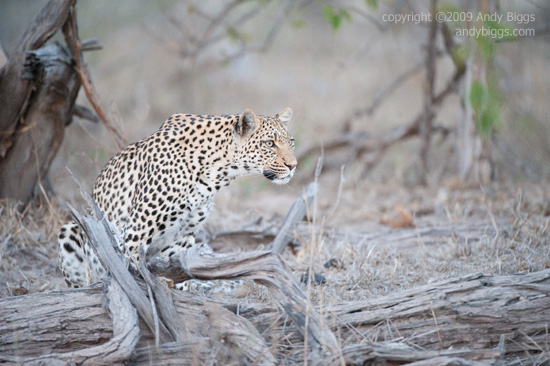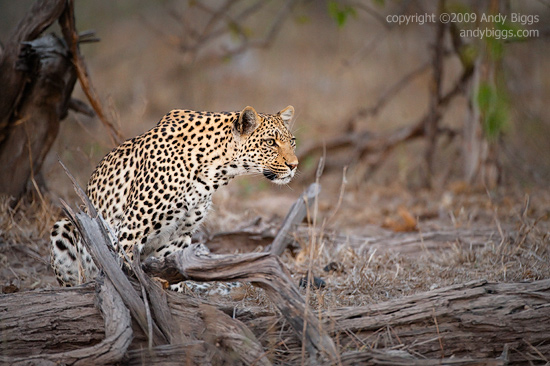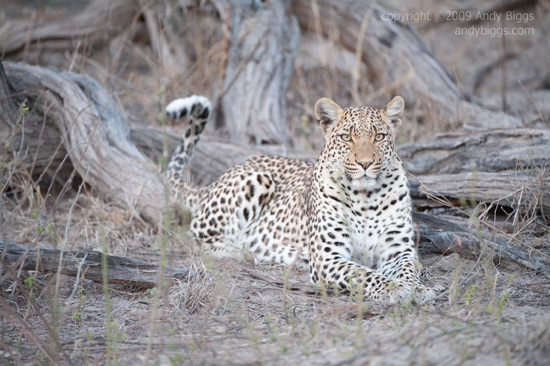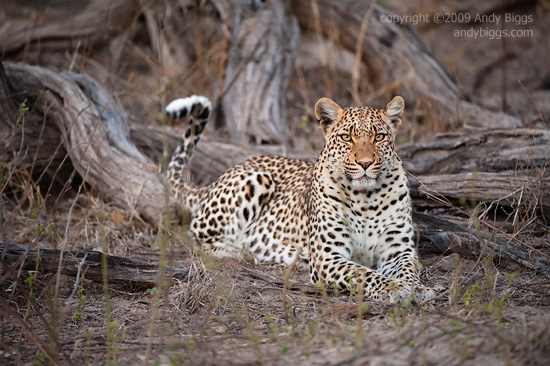Rather than give a morning wrap up of what we saw this morning, I thought I would write about the gear used by my safari group, as well as a few comments about them.
This safari has 11 participants, plus Troy (my assistant) and myself. The gear used is roughly split 50/50 between Nikon and Canon. We also have a Panasonic shooter, who has a pair of GH2 bodies and a GF1 for grab shots.
In the Canon camp we have 1DsMk3 bodies, 5DMk2, 1DMk3, 7D, and a few Rebel bodies. In other words a good sampling of the current available cameras on the market. Troy is primary shooting with the 7D for wildlife video, as 60p is preferred over 24p or 30p in many situations.
As far as Canon lenses go, we have 500mm, 100-400mm, the new 70-300mm, 70-200mm and smaller zooms. No issues whatsoever at this time with either cameras or lenses.
In the Nikon camp we have many D3s bodies, as well as D3, D700, D3x and D7000 units. The D7000 is the most intriguing to me, primarily based on the cost and ability to do video. We have had a D3s temporarily die on us, but it was caused by the dropping of the camera in one of the vehicles. All seems to be better after cleaning around the mirror (mirror was stuck).
The Nikon 200-400mm is the most popular Nikon lens in the group, and we also have 500mm, 600mm, 70-200mm, 28-300mm and other smaller lenses. The Nikon 80-400mm rarely shows up on these trips, as it has horribly slow autofocus. Nikon, please please update this lens.
We are all using bean bags to support our lenses, as they are the most stable and morphable solution out there. A gimbal could work, but you have to work fast. I have concerns about a gimbal head in the types of vehicles we are in, as they are slow to setup, the angle is often sub-optimal, and moving from side to side isn’t easy. In southern Africa they work great, though.
One of the most useful accessories I bring is gaffer tape. Before I leave home I make small rolls of tape that I can put in every camera bag pocket I can find. It helps with fixing eyepieces in place, image stabilization / VR switches and the fixing of sunglasses if broken. Almost every person on this safari has had their IS or VR button turn off without their knowledge. This happens when shooting in vertical mode on a bean bag. Gaffer tape to the rescue.
75 percent of the travelers are using Gura Gear Kiboko bags. The others are using various products from other brands.
Storage is a big issue on these trips, and a few people are shooting more than they anticipated. I always bring a few extra hard drives to loan out, just in case. As I migrate to larger and larger external hard drives (I am now using 1TB), I have extra drives in 250GB and 500GB to loan out if needed. I prefer that people bring laptops over Hyperdrives and Epson storage devices, as reviewing images at the end of each day is a great learning tool. We mostly have Macbook Pro laptop computers, and a few Macbook Air and PC laptops. Adobe Photoshop Lightroom is the gold standard, with a single person who is using Aperture. One person is new to shooting, and hasn’t decided to go PC or Apple yet, and also between Lightroom or Aperture.
So that’s the technology in a short entry!
 Thursday, March 31, 2011 at 11:09AM
Thursday, March 31, 2011 at 11:09AM  Bag,
Bag,  Camera,
Camera,  Gura Gear,
Gura Gear,  Kiboko,
Kiboko,  Lightweight in
Lightweight in  News,
News,  Photo Gear and Reviews
Photo Gear and Reviews 